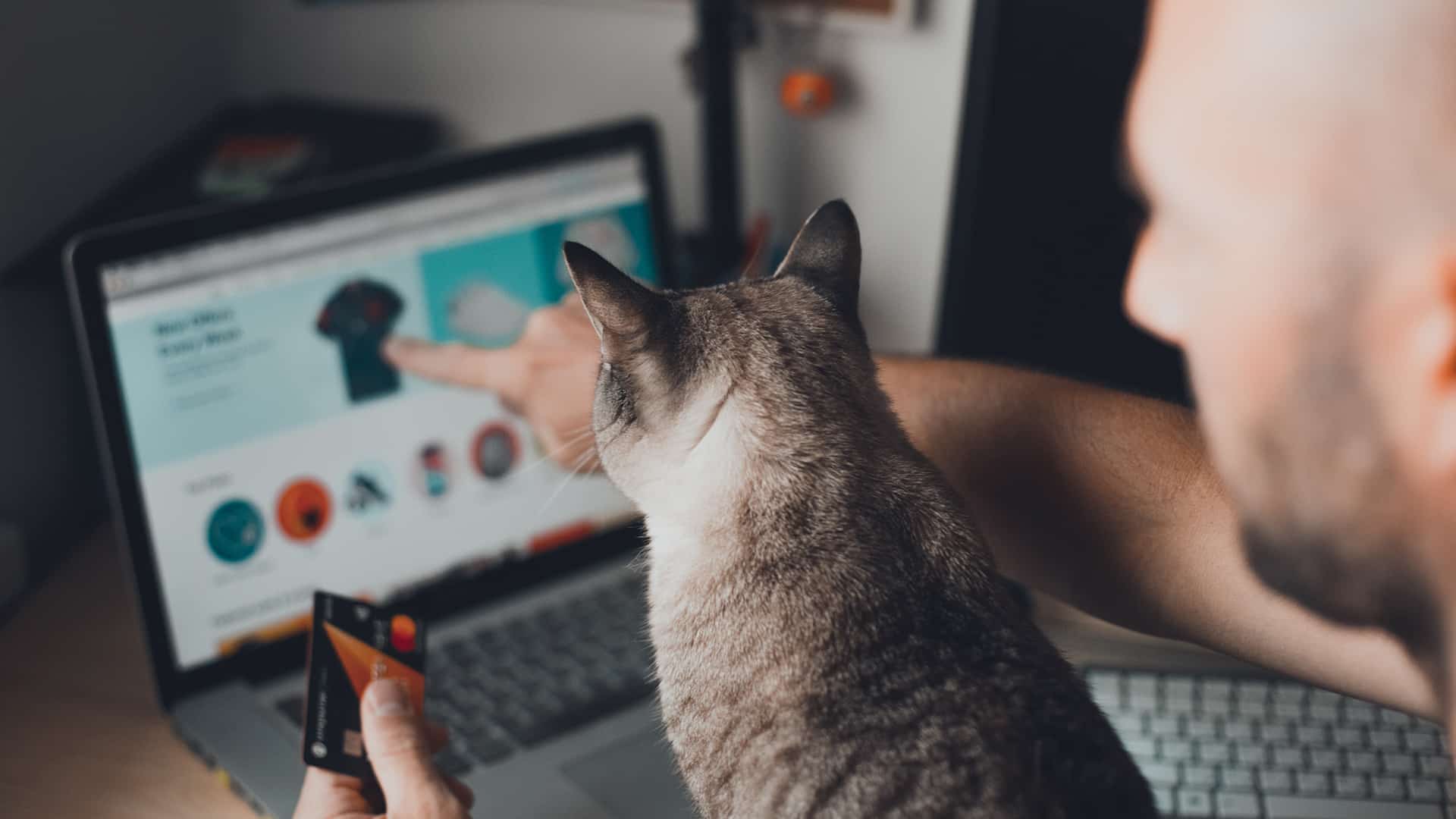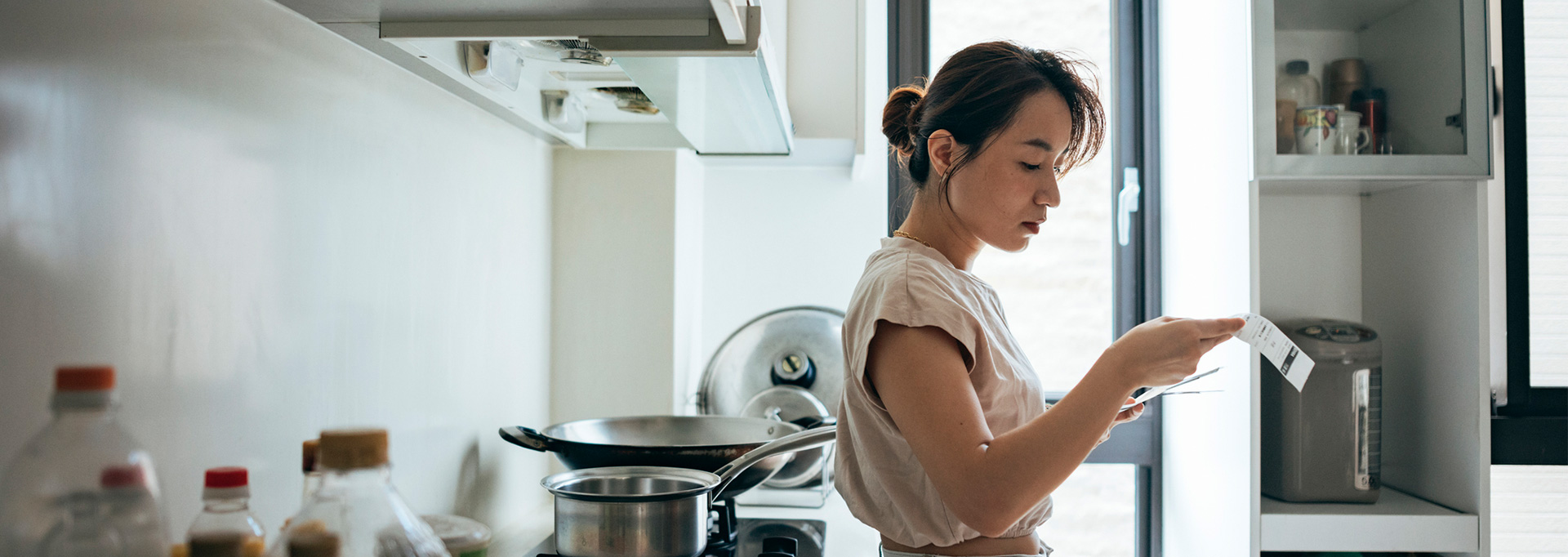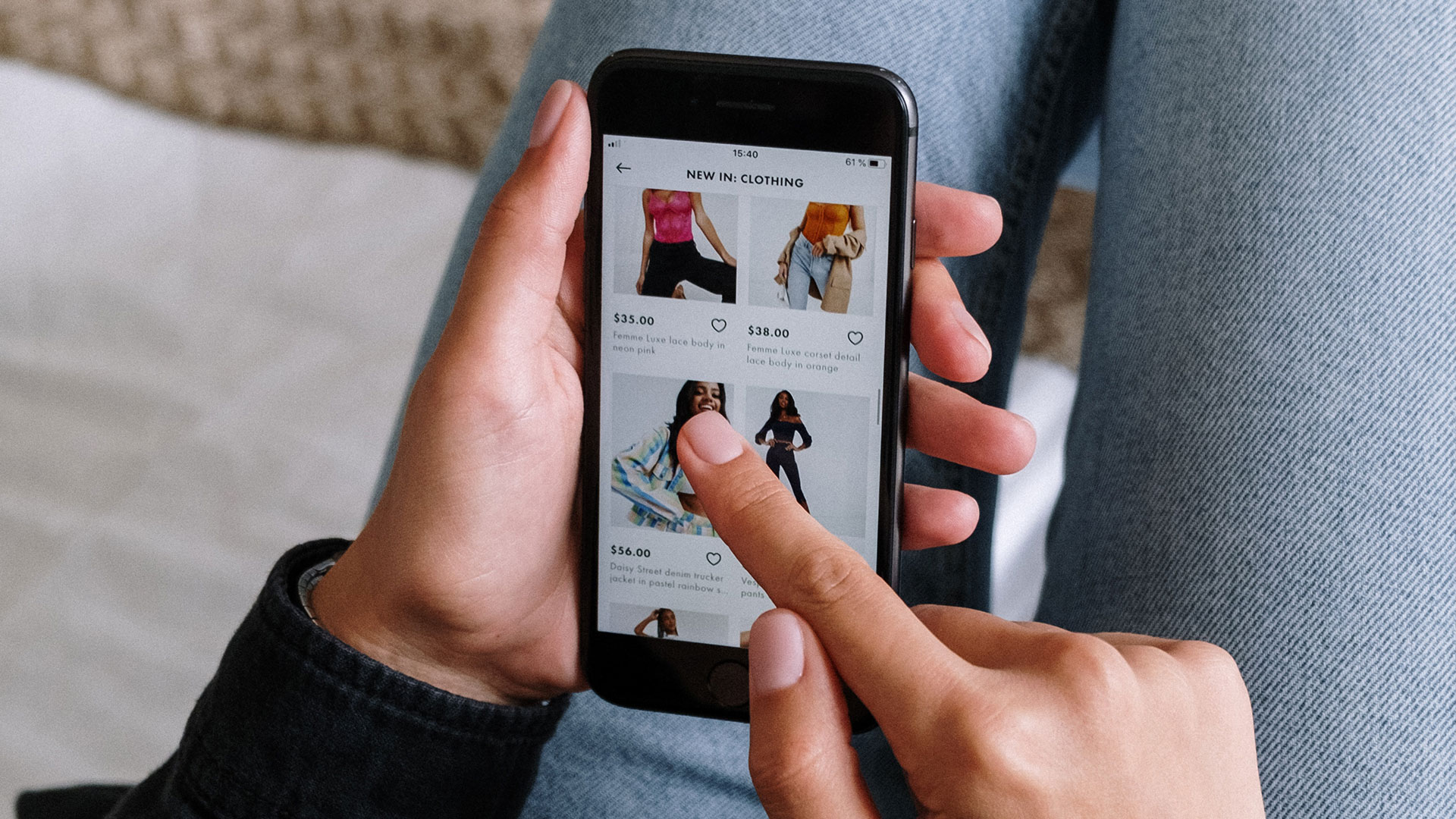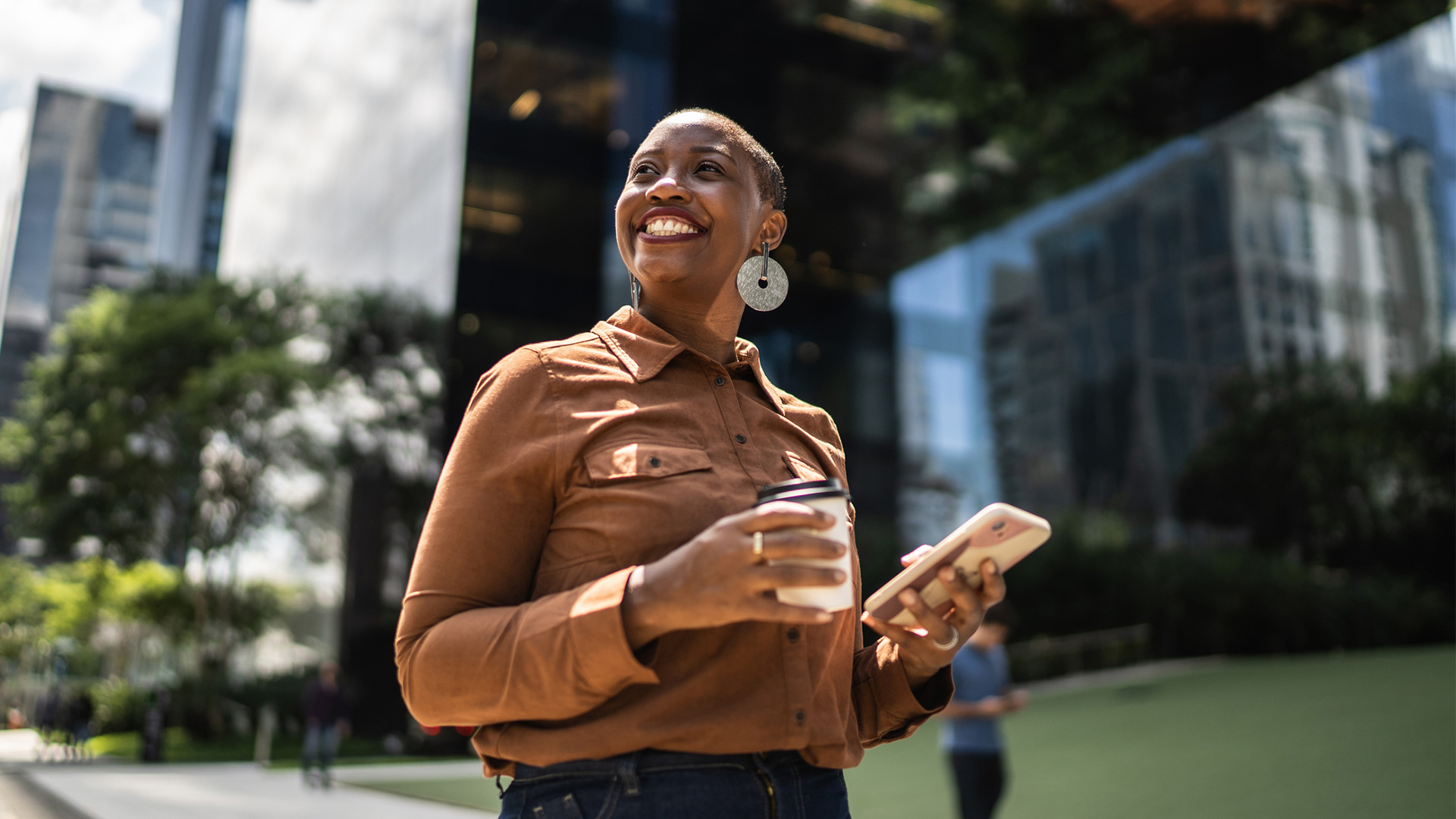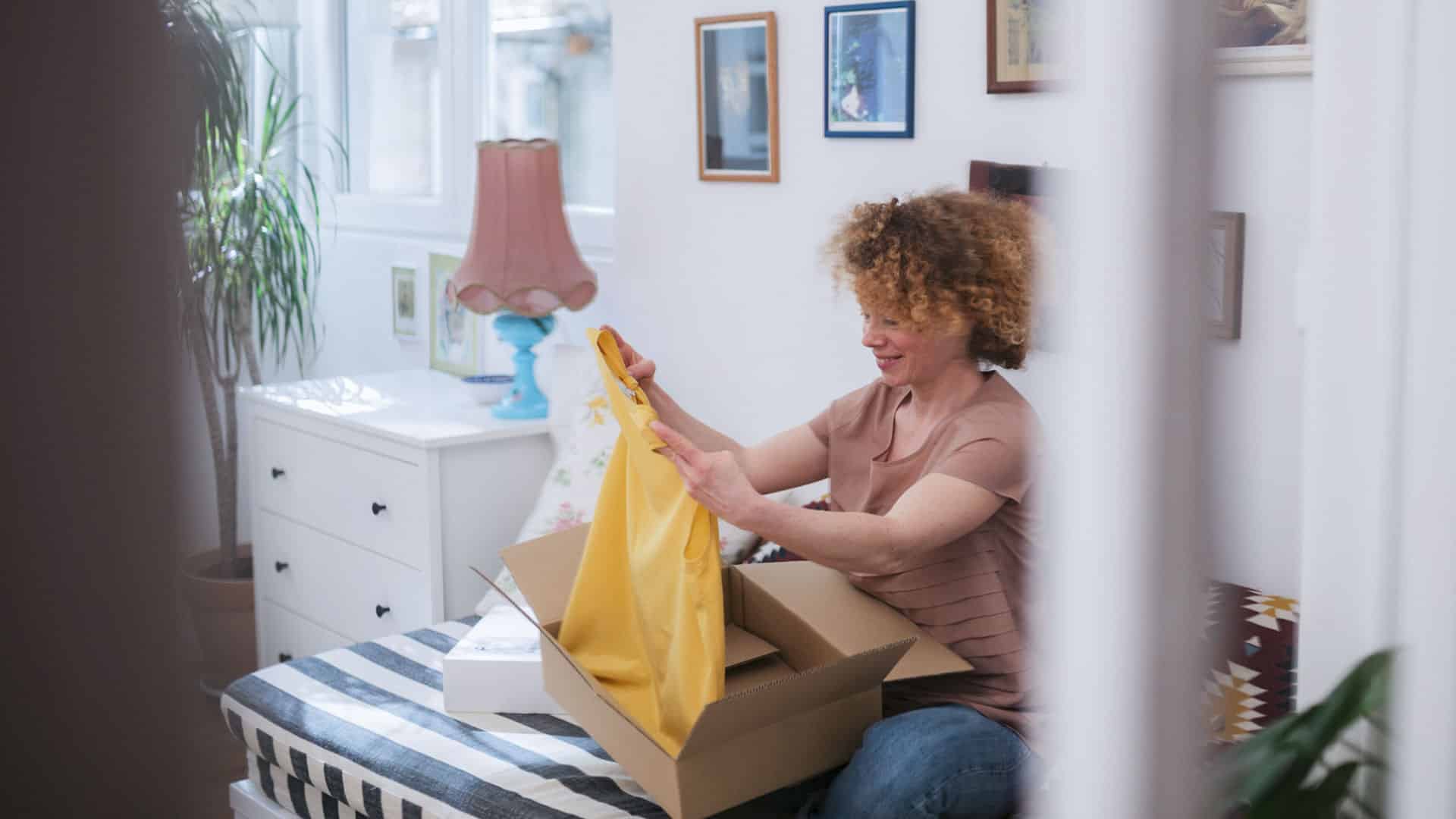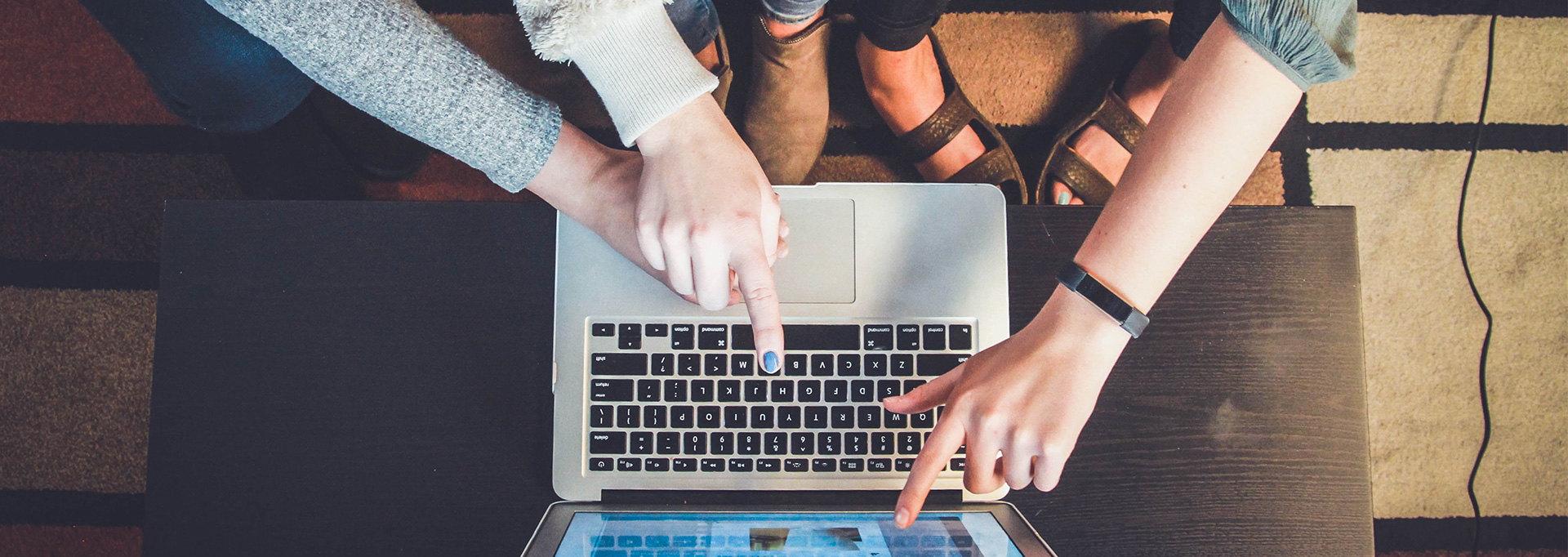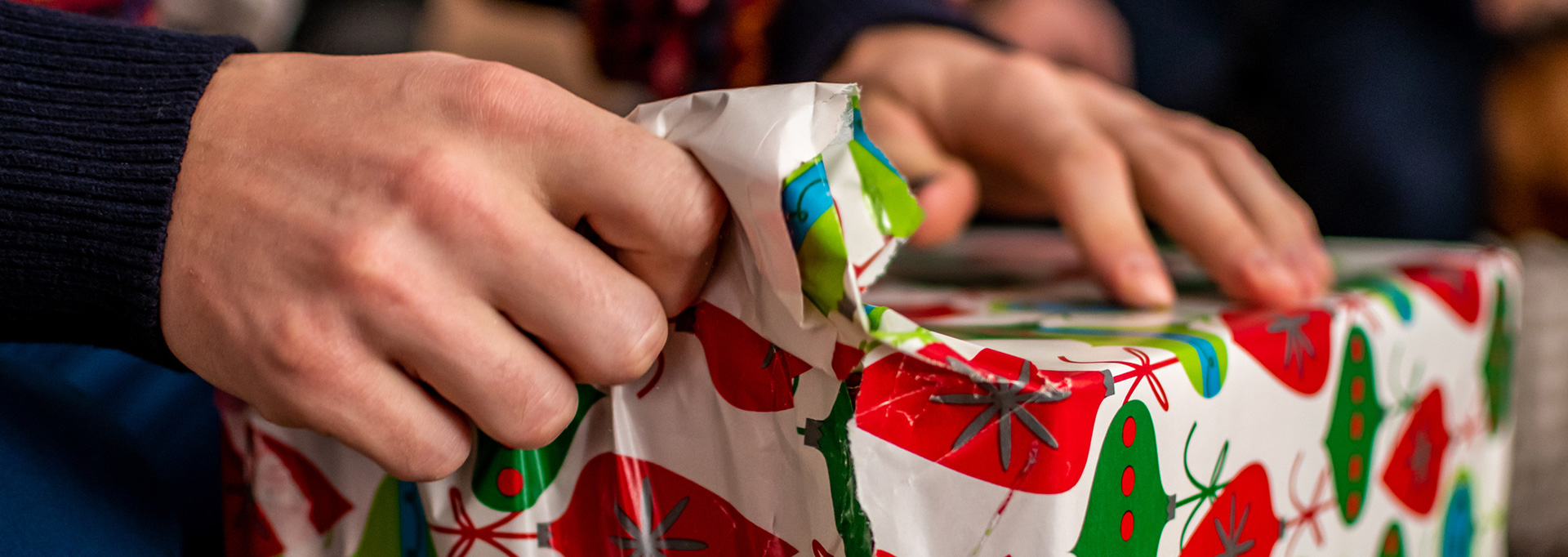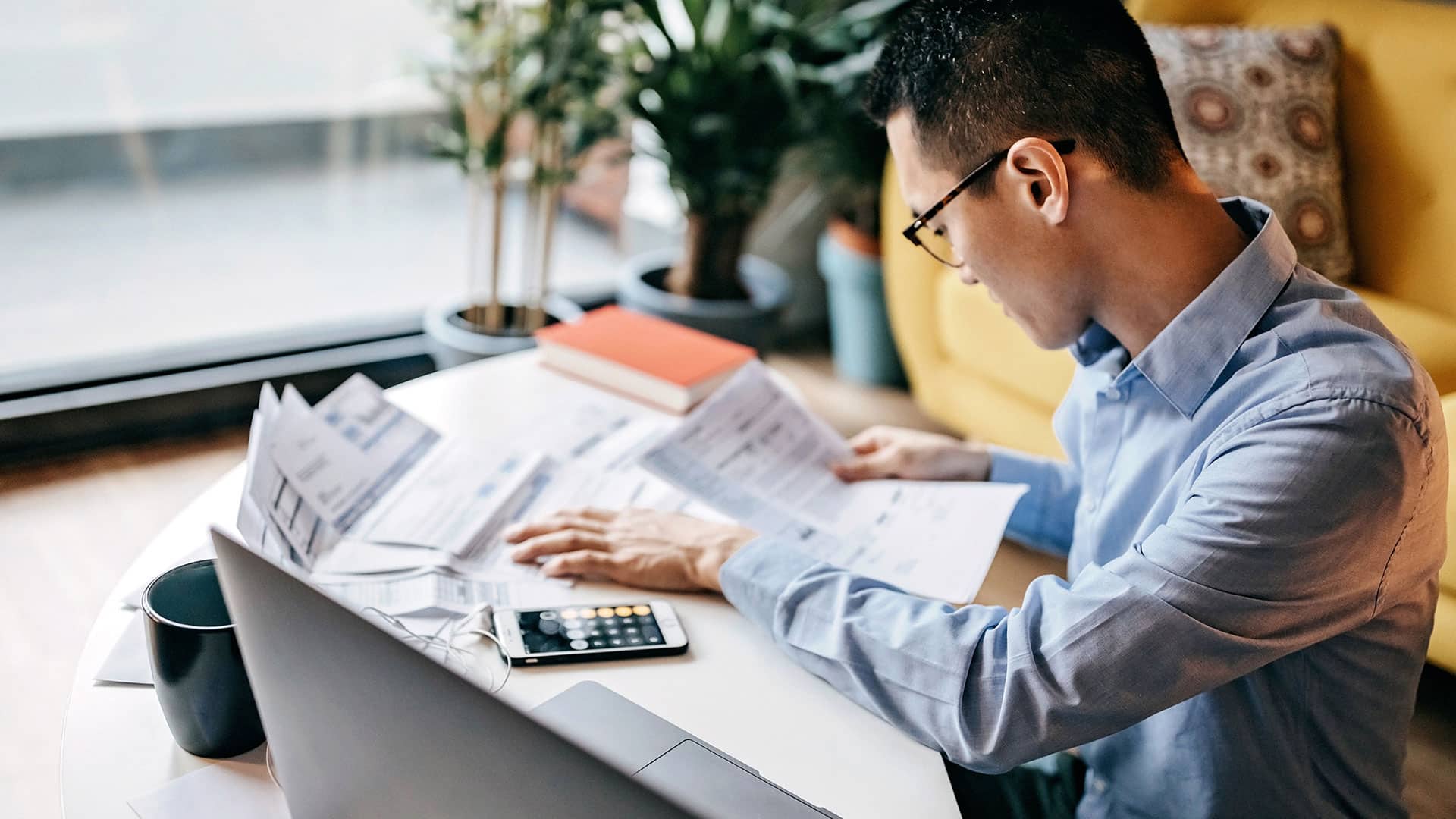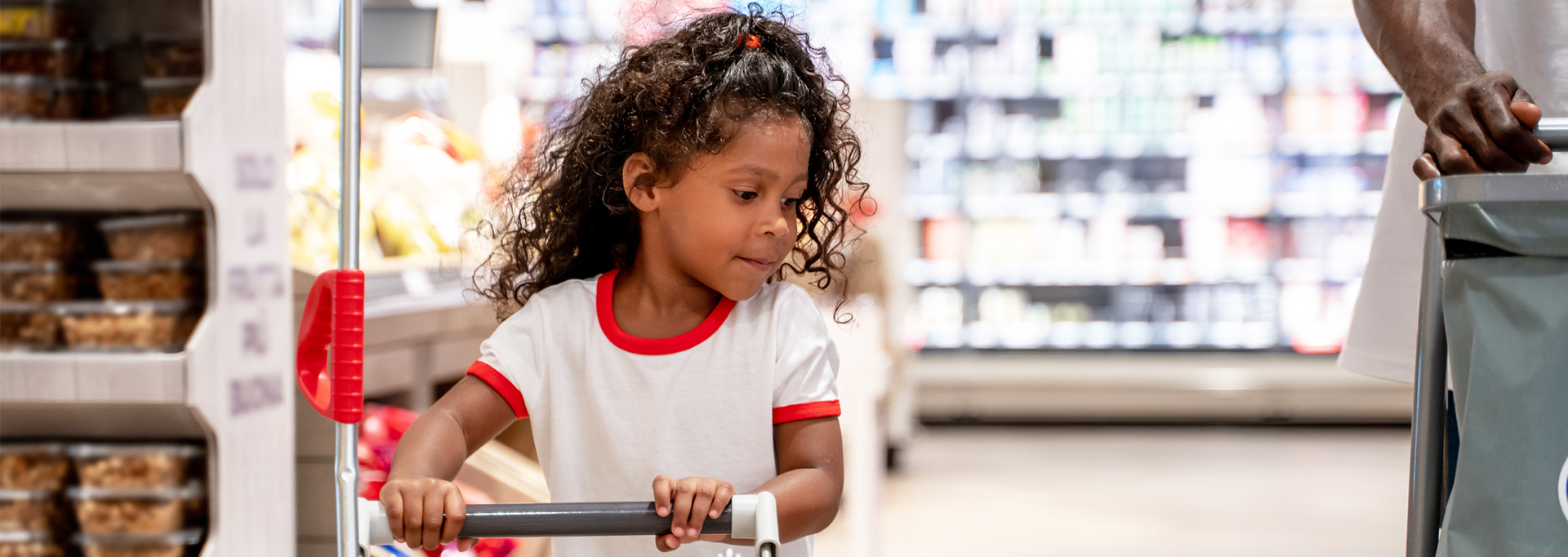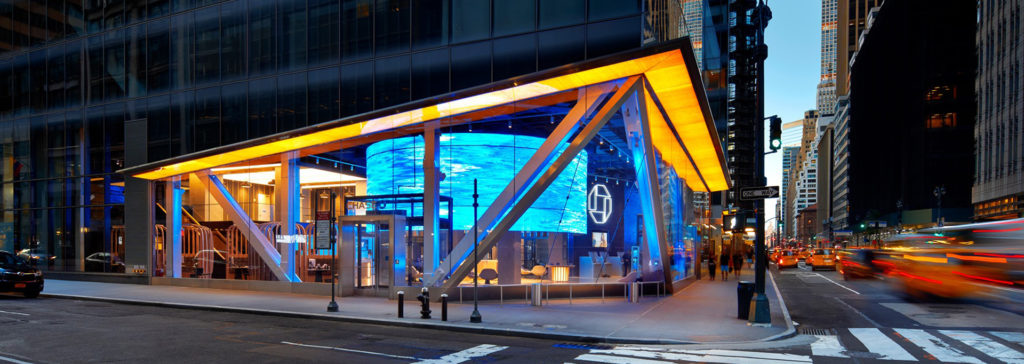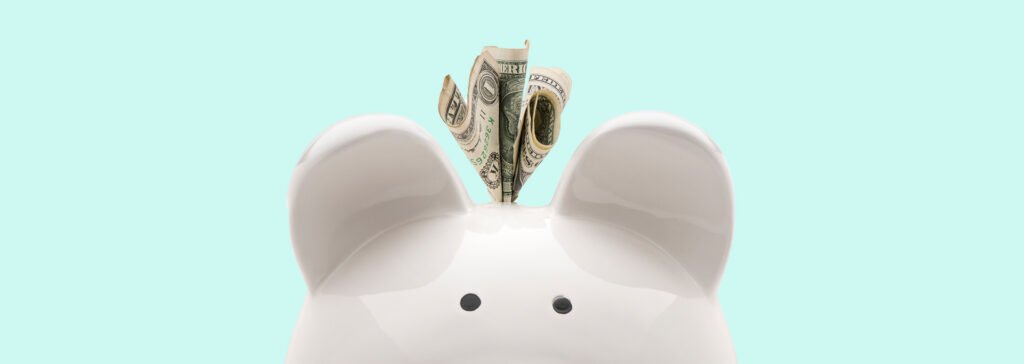Most products on this page are from partners who may compensate us. This may influence which products we write about and where and how they appear on the page. However, opinions expressed here are the author's alone, not those of any bank, credit card issuer, airline or hotel chain.
Amid storm clouds looming over many sectors of the American economy, retailers and analysts are basking in one glimmer of sunshine. The American consumer is still spending. Despite mounting anxiety over the invasion of Ukraine, stubborn inflation and lingering supply-chain issues, retail spending continues to soar across the U.S.
What's more, the results of Slickdeals’ latest survey, conducted by OnePoll, reveal that three in four (73%) respondents said most of their purchases tend to be spontaneous — a significant jump from 59% who held the same sentiment in last year’s study.
According to Louie Patterson, Personal Finance Content Manager for Slickdeals, “This year’s survey indicates Americans are spending more on impulse purchases than in the past two years. While inflation is certainly impacting budgets across many essential shopping categories, interestingly, we’re also seeing consumers reporting an increase in the frequency of their impulse spending.”
Read on to discover how Americans' relationship with impulse spending has changed since the start of the pandemic.
Earn Cash for Your SpendingBest Cash Back Credit Cards
Visit the Marketplace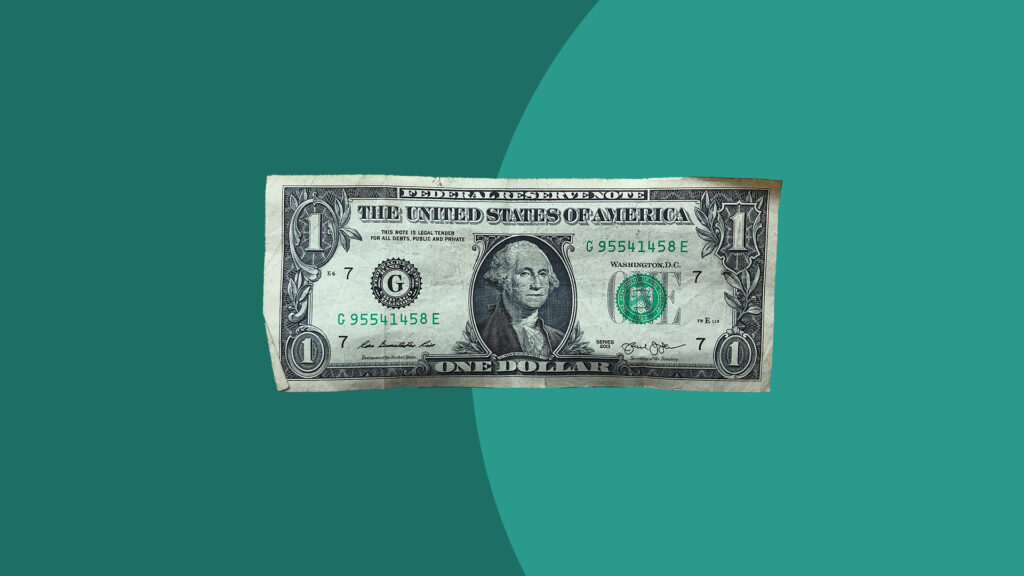
Unplanned Purchases Are the New Normal
An annual poll of 2,000 U.S. adults compared current impulse spending trends over the last two years and found that 64% have increased their impulse shopping habits in 2022.
Currently, the average person spends $314 per month on impulse purchases, up from $276 in 2021 and $183 in 2020. Additionally, the most the average person is willing to spend on a single item is $310, also up from $277 in 2021 and $157 in 2020.

Americans Continue to Nest
While people are more comfortable leaving their homes to shop and attend concerts and sporting events, certain retail categories continue to drive impulse spending behavior — both now and throughout the pandemic: clothing, groceries and household items.
Slickdeals data confirms The Department of Commerce’s April announcement that general merchandise retail grew 5.4%, clothing sales rose 2.6% and restaurant sales increased by a percent during the first quarter of 2022.
What People Purchased on Impulse: 2020-2022
| 2022 Data | 2021 Data | 2020 Data |
|---|---|---|
|
1. Clothing: 35% |
1. Food/groceries: 48% |
1. Food/groceries: 47% |
|
2. Food/groceries: 30% |
2. Household Items: 42% |
2. Clothing: 38% |
|
3. Household Items: 29% |
3. Clothing: 40% |
3. Household items: 38% |
|
4. Shoes: 28% |
4. Coffee: 33% |
4. Technology: 27% |
|
5. Technology: 27% |
5. Toys: 29% |
5. Coffee: 27% |
|
6. Books: 27% |
6. Takeout: 28% |
6. Vehicles: 25% |
|
7. Takeout: 26% |
7. Books: 26% |
7. Takeout: 23% |
|
8. Toys: 25% |
8. Vehicles: 25% |
8. Shoes: 23% |
|
9. Coffee: 25% |
9. Technology: 22% |
9. Books: 22% |
|
10. Spa services: 24% |
10. Spa services: 20% |
10. Video Games: 20% |
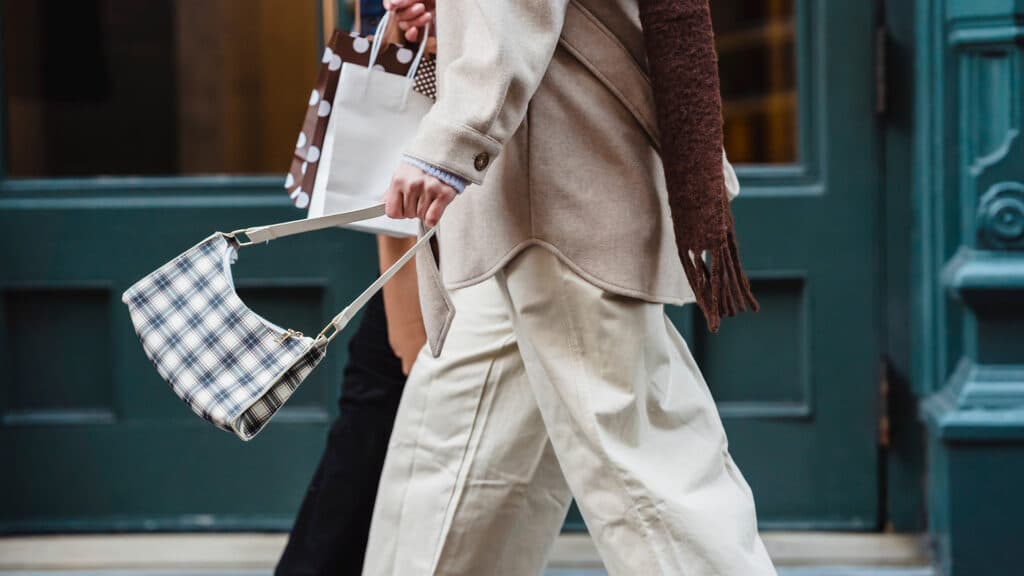
Consumer Confidence or Retail Therapy?
Although we’re paying more for gas, groceries and just about every other household necessity, survey respondents are shrugging off inflation woes by opening their wallets. Yet these spur-of-the-moment shopping sprees are not always fun and games:
- 68% said inflation has had a “huge impact” on what they spend their money on.
- Seven in 10 have been more aware about their budget this year as a result, suggesting shoppers are spending more, but are getting less, thanks to inflation.
- Furthermore, 41% of shoppers added they had to spend more on essentials because of inflation.
One staggering statistic could suggest that this survey reveals anxiety, rather than sheer consumer confidence. When shopping online, 70% of respondents are more likely to spend impulsively on their phones while lying in bed. In fact, shopping in bed was found to make up for a whopping 37% of overall impromptu shopping.
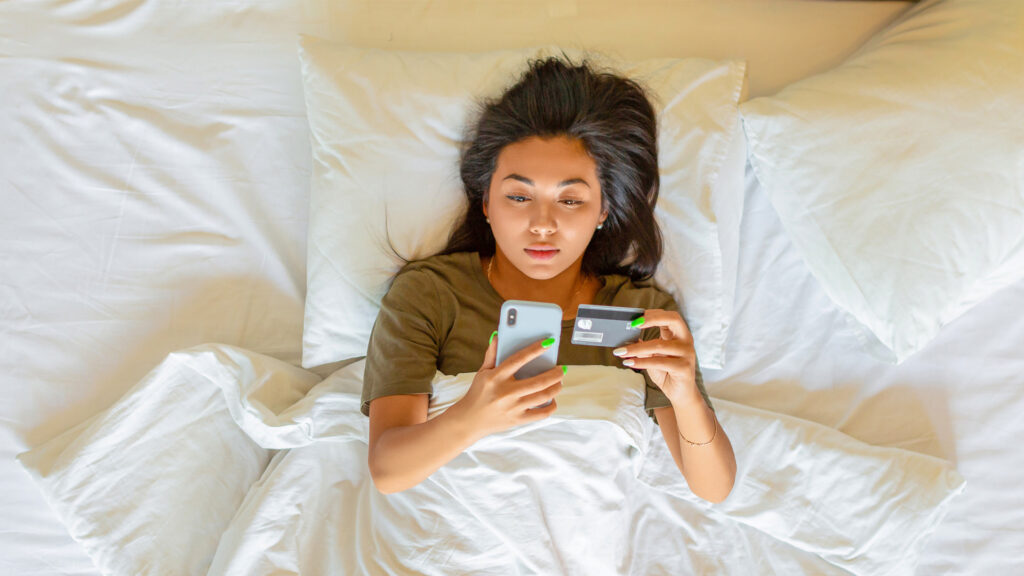 Related Article
Related Article
What are Americans’ Biggest Online Shopping Regrets?
Meanwhile, 61% said they feel a sense of happiness after they randomly buy something, and just as many believe that shopping can instantly turn around a bad day. These may be sobering insights that point to the underlying mood of consumers whose euphoric return to post-pandemic spending has been cut short by global forces.
Still, impulse spending has the potential to save consumers money, if they know of trustworthy places to find online deals. Patterson noted, "as indicated in the survey, 58% of Americans report that unplanned purchases have actually saved them money. We regularly witness the positive effects of impulse purchasing through our community of shoppers helping one another find the best prices at any given time.”


